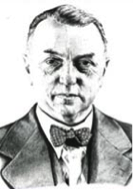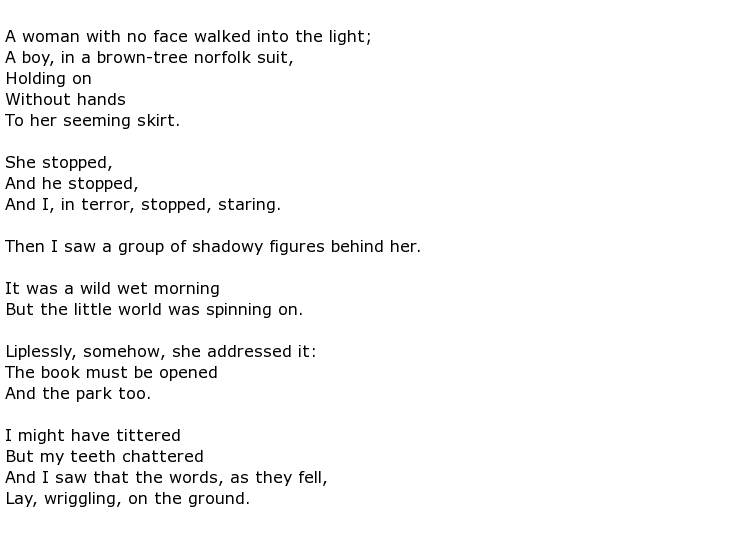 Thomas MacGreevy was an influential Irish poet who played a leading role in the development of modernism in Irish literary history. He also had a keen interest in art, being director of the National Gallery of Ireland for thirteen years from 1950. This position also allowed him to serve an organisation known as An Chomhairle Ealaíon, the first Irish Arts Council.
Thomas MacGreevy was an influential Irish poet who played a leading role in the development of modernism in Irish literary history. He also had a keen interest in art, being director of the National Gallery of Ireland for thirteen years from 1950. This position also allowed him to serve an organisation known as An Chomhairle Ealaíon, the first Irish Arts Council.
He was born Thomas McGreevy but changed his name to MacGreevy at some point. His date and place of birth was the 26th October 1893 in Tarbert, County Kerry which is in Southern Ireland. He had a modest upbringing, his parents being a policeman and a teacher, and he joined the British civil service at the age of 16, employed as a junior clerk. He took a full part in the First World War, serving first at the Admiralty in London in an intelligence post and then he had a period of active service from 1917, participating in the bloody campaigns at Ypres and the Somme. He suffered two separate woundings.
He wanted to complete his education after the war and was a student at Trinity College, Dublin, where his writing ambitions really took hold. He had articles and poems published in various Irish periodicals. Oddly enough he had to go to Paris to meet one of Ireland’s most famous poets – James Joyce – and when he later moved to London he became acquainted with T S Eliot. He had pieces of his own published in The Criterion amongst other magazines and some were accepted by publishing houses.
Another trip to Paris occurred in 1927 where he was employed as a teacher of English at the École Normale Supérieure. He soon fell in with James Joyce again and also encountered the avant-garde poet and playwright Samuel Barclay Beckett. There was a significant community of writers in Paris at that time and both MacGreevy and Beckett signed a Poetry is Vertical manifesto which appeared in an issue of the experimental literary magazine Transition.
His poetry style developed and progressed to the point where, by 1934, he had a book published in both London and New York. He was influenced by Eliot’s The Waste Land, along with other Imagist poets, but he still managed to make his own mark with his poetry. This book of poems was to be the only one published in his lifetime although two other collections of his work were published, the first in 1971 and the second in 1991.
Like many artists and writers in 1930s Europe, he found it very hard to make any money out of his talent and, in fact, he was back in London by 1933 and was working as the chief art critic for The Studio magazine. His life, at this point, turned away from poetry and he concentrated on lecturing on art although he continued to write reviews of new books or performances at the opera or ballet for London publications.
Here are the opening verses from one his poems which was called Homage To Hieronymus Bosch. The subject was a 15th century painter from the Netherlands who specialised in deeply surreal imagery, a style which clearly appealed to MacGreevy. The words reflect the art very well:

In his later years, MacGreevy revisited his poetry but his health gave out when, having minor surgery at the Portobello Nursing Home, he suffered a fatal heart attack.
Thomas MacGreevy died on the 16th March 1967 at the age of 74.

